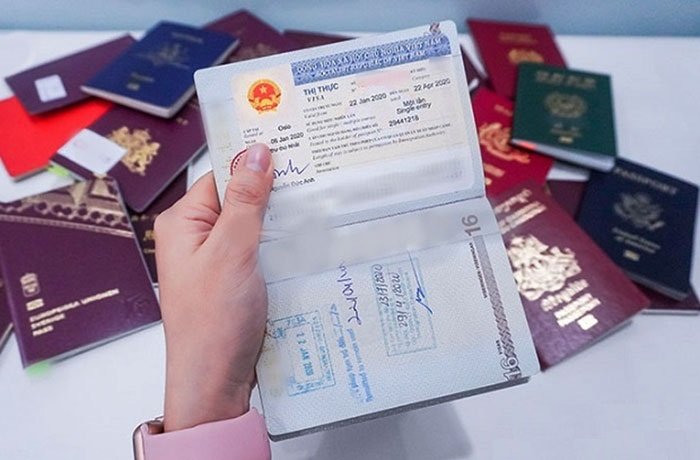Understanding the US Visa Process: A Comprehensive Guide

Navigating the complexities of the US visa process can be daunting. Whether you’re planning a short visit or aiming for long-term residency, understanding the various types of visas, application procedures, and requirements is crucial. This article aims to provide a clear and detailed guide to help you through the process, with links to additional resources for further information.
Types of US Visas
The US offers a variety of visas depending on the purpose of your visit. The main categories include:
- Non-immigrant Visas: For temporary stays, such as tourism, business, study, or work.
- Immigrant Visas: For those who intend to live permanently in the US.
Within these categories, there are specific visas tailored to different needs. For instance, the B-1/B-2 visas are for business and tourism, respectively, while the F-1 visa is for students. For workers, H-1B visas are common, allowing employers to hire foreign workers in specialty occupations.
The Visa Waiver Program and ESTA
The Visa Waiver Program (VWP) allows citizens from participating countries to travel to the US for tourism or business for up to 90 days without obtaining a visa. Instead, travelers must apply for an Electronic System for Travel Authorization (ESTA). The ESTA application is a straightforward process, but it is essential to ensure all details are accurate to avoid complications at the border.
For more detailed information about ESTA and the VWP, refer to the US VISA FAQ.
The US Visa Application Process
Applying for a US visa involves several steps. Here is a comprehensive overview:
- Determine the Appropriate Visa Type: Depending on your purpose of travel, identify the correct visa category.
- Complete the Online Application: Most non-immigrant visas require the DS-160 form, while immigrant visas typically use the DS-260 form. The forms are available on the US Department of State’s website.
- Pay the Application Fee: Visa application fees vary depending on the type of visa. Ensure you pay the correct fee to avoid delays.
- Schedule an Interview: Most applicants between the ages of 14 and 79 must attend an interview at a US embassy or consulate. The wait times for interviews can vary, so it’s advisable to schedule early.
- Prepare for the Interview: Gather all required documents, such as your passport, visa application confirmation page, fee payment receipt, and any supporting documents specific to your visa type.
- Attend the Interview: Be prepared to answer questions about your travel plans and background. The consular officer will determine your eligibility based on your interview and submitted documents.
- Visa Issuance: If approved, your visa will be placed in your passport. Processing times vary, so it’s best to apply well in advance of your planned travel date.
For a step-by-step guide to the application process, visit the US VISA APPLICATION PROCESS.
Common Challenges and Tips
1. Documentation: One of the most common issues is incomplete or incorrect documentation. Ensure all forms are filled out accurately and all required documents are included in your application.
2. Interview Preparation: Practice answering potential interview questions and be honest. Consular officers are trained to detect discrepancies, and honesty is crucial.
3. Financial Proof: Demonstrating sufficient funds for your stay in the US is vital. Be prepared to show bank statements or other financial documents.
4. Ties to Your Home Country: For non-immigrant visas, you must prove that you have strong ties to your home country, such as a job, property, or family, to assure the consular officer that you will return after your visit.
After the Visa is Issued
Receiving your visa is not the final step. Upon arrival in the US, you will go through immigration where an officer will determine your eligibility to enter. It’s crucial to carry all relevant documents, including your visa, passport, and any additional paperwork related to your stay.
Renewing or Extending Your Visa
If you need to extend your stay in the US, you must apply for an extension before your visa expires. This involves filing a Form I-539 with the US Citizenship and Immigration Services (USCIS). Similarly, if you plan to renew your visa, you may need to leave the US and reapply at a US embassy or consulate.
Conclusion
Understanding the US visa process is essential for a smooth and successful application. By following the outlined steps and preparing adequately, you can increase your chances of obtaining the desired visa. For more detailed information and resources, make sure to visit the US VISA FAQ and the US VISA APPLICATION PROCESS.
Navigating the US visa process may seem complex, but with the right information and preparation, you can achieve your travel goals. Whether it’s for tourism, work, or study, understanding the requirements and following the correct procedures will help ensure a successful visa application experience.




